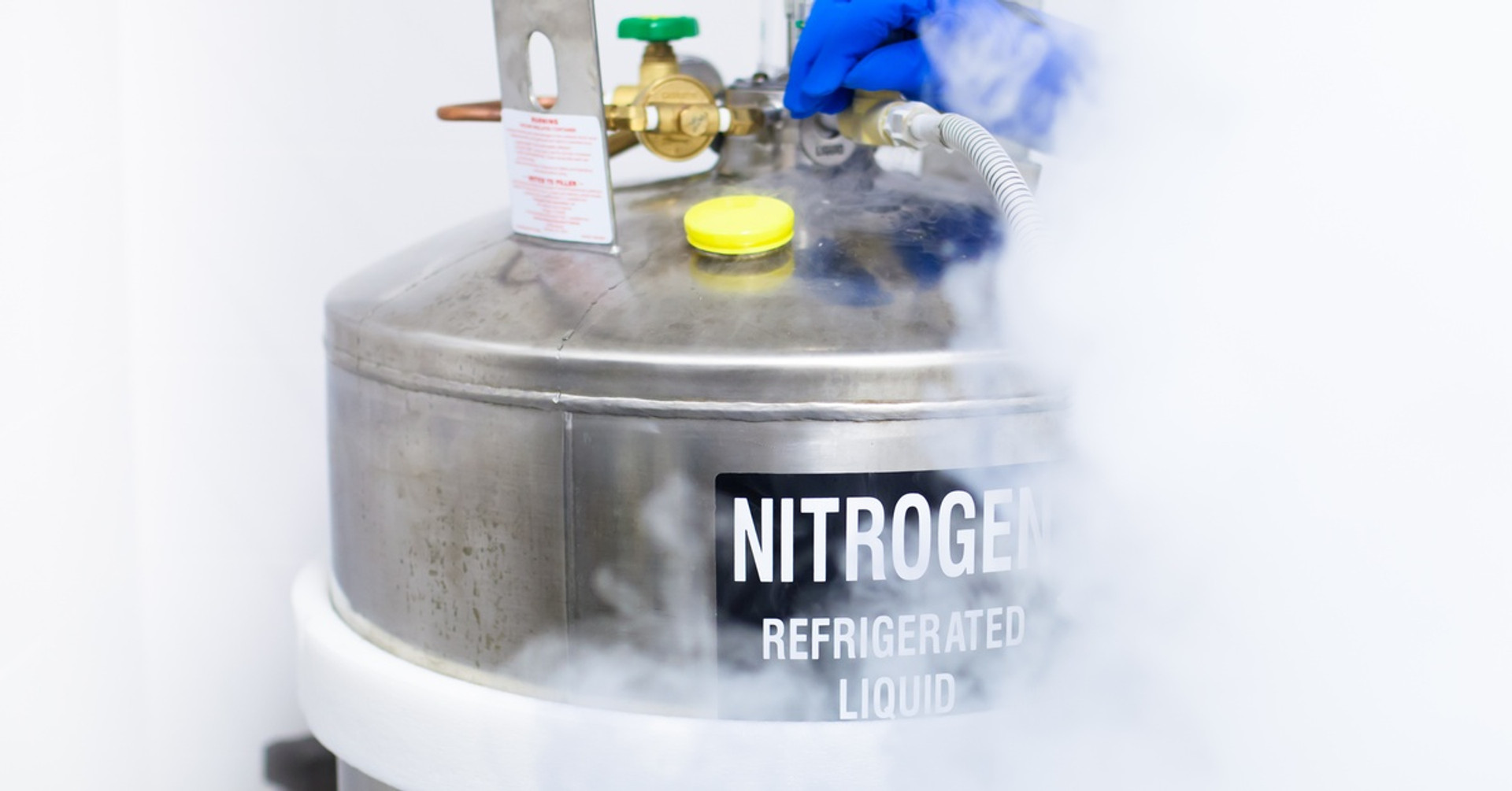How Nitrogen Helps Extend the Life of Shelf Foods
Food preservation strategies require more than refrigeration or synthetic ingredients. Shelf foods must remain safe, stable, and palatable throughout transportation, storage, and sale.
Nitrogen provides a clean, efficient solution for protecting food from oxidation, microbial growth, and textural breakdown. Understanding exactly how nitrogen interacts with packaged food systems reveals critical techniques used across modern food processing.
Displacement of Oxygen in Packaging
Oxygen accelerates spoilage, dulls flavor, and creates favorable conditions for microbial growth. Manufacturers flush packaging with nitrogen to remove oxygen before sealing, creating a more stable atmosphere inside the container. Lowering residual oxygen inside sealed food packaging is one way that nitrogen helps extend the life of shelf foods.
Snack items like nuts, chips, and cereals maintain crispness and flavor longer when nitrogen prevents oxidative reactions. A simple change in internal gas composition significantly delays degradation without the use of additives or refrigeration.
Compatibility With a Variety of Packaging Materials
Preservation techniques must work across many formats, from vacuum-sealed trays to flexible barrier pouches. Nitrogen supports those needs by performing consistently under different pressures, seal types, and material thicknesses. Food companies rely on custom gas mixtures, such as nitrogen, for both manual packaging setups and fully automated production lines without needing to adjust materials or equipment.
Its non-reactive profile means nitrogen won’t compromise adhesives, labeling systems, or heat-sealed closures. At MESA Specialty Gas, we provide custom gas mixtures that food processing facilities rely on for consistency across all major packaging formats and sealing technologies.
Prevention of Oxidation in Fats and Oils
Fats and oils spoil quickly when exposed to oxygen, especially in high-fat, shelf-stable foods. Lipid oxidation not only produces unpleasant odors but also alters texture and nutritional value. Preventing oxidation of unsaturated fats is another way how nitrogen helps extend the life of shelf foods.
Food processors flush out oxygen in oil-rich products like powdered dairy, meat snacks, and nut butter to slow down rancidity at the chemical level. Nitrogen allows those products to retain quality without flavor-masking additives or artificial shelf-life extenders.
Control Moisture and Suppress Microbial Growth
Moisture contributes directly to microbial survival. Mold and bacteria require both oxygen and moisture to multiply, and nitrogen interrupts both conditions. Maintaining dry internal conditions across sealed goods is how nitrogen helps extend the life of shelf foods without preservatives or cold storage.
Products like granola blends, dehydrated soups, and freeze-dried meals remain shelf-stable when nitrogen prevents condensation and microbial growth. The result is a dry, oxygen-limited interior that protects both food safety and texture for months or even years.
Enhancement of Shelf Life Without Additives
Clean-label demands continue to drive processors away from synthetic preservatives. Food brands now replace compounds like benzoates or sorbates with packaging systems that stabilize products physically rather than chemically. Controlling oxygen and moisture through nitrogen-based environments provides a long shelf life while keeping ingredient lists short and transparent.
Nitrogen gives shelf foods long-term protection without changing texture, taste, or formulation. Producers apply it to packaging lines for control over oxidation, moisture, and microbial threats—all without chemical preservatives. Contact MESA Specialty Gas to speak with our team about building a custom gas-based system that supports your shelf-life goals with precision and flexibility.

